1/ The GENIUS stablecoin bill just passed the Senate, with House approval pending.
It couldn't be more timely.
Here are 10 must-know insights from a landmark study on how $200B+ in stablecoins are already shaping Treasury markets 👇
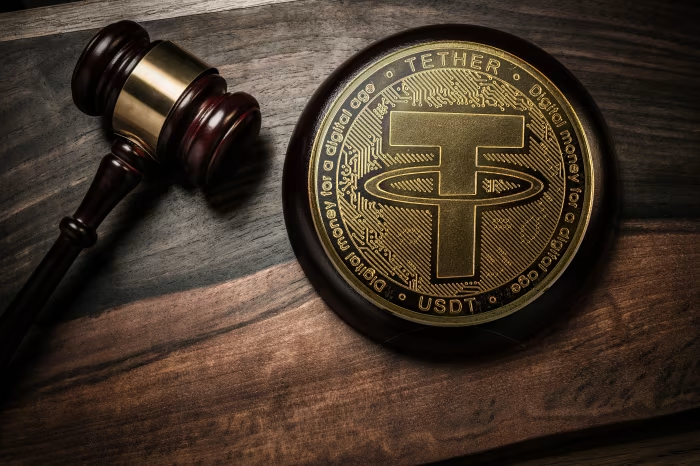
2/ Stablecoins are now top buyers of US debt.
As of March 2025, $USDT & $USDC hold more short-term Treasuries than China or Switzerland.
In 2024 alone, stablecoins bought $40B in T-bills—on par with the largest US money market funds.

3/ Stablecoin inflows are now moving interest rates.
A $3.5B inflow into stablecoins lowers 3-month T-bill yields by 2–2.5 bps within 10 days.
That’s the kind of impact you'd expect from a mini QE—except this one’s powered by crypto demand.
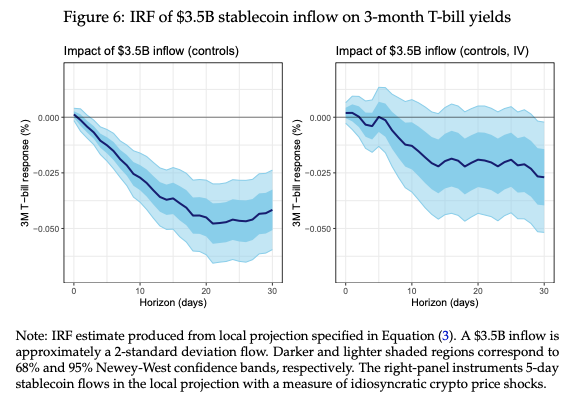
4/ The impact is largest for $USDT.
Tether alone accounts for ~70% of the observed yield impact.
$USDC follows with ~19%, and smaller stablecoins make up the rest.

5/ Outflows are more dangerous than inflows.
Inflows are gradual and discretionary. Outflows require immediate reserve liquidation.
A $3.5B outflow can spike yields by +6–8 bps—evidence of potential fire-sale risk.
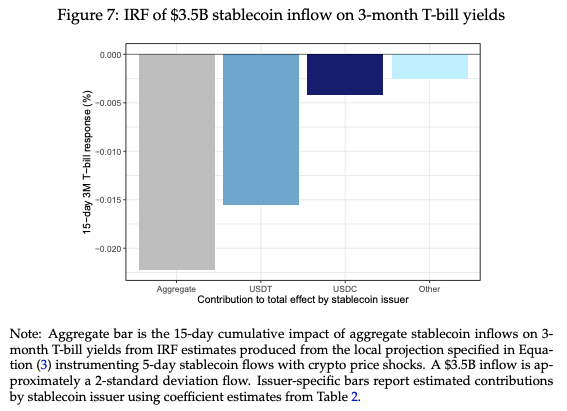
6/ Volatility Perception Vs. Reality
Perception: Digital assets are too volatile for many investors.
Reality: Crypto MC volatility is comparable to some large, widely-held tech stocks.
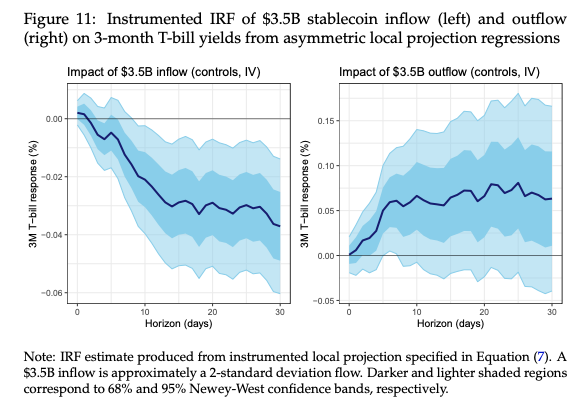
7/ Future risk: Policy pass-through breakdown.
If stablecoins hit $2T (as some predict by 2028), their flows could suppress short-end rates enough to weaken Fed transmission.
That’s crypto interfering with monetary policy—at scale.
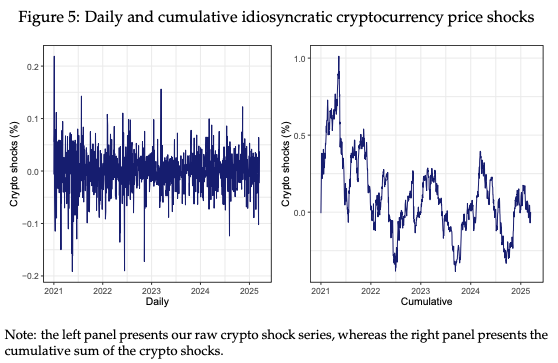
8/ Reserve transparency is now macro-critical.
USDC reports granular holdings. USDT remains opaque.
Standardized disclosures could reduce systemic risk and help markets price flows more accurately.
9/ Run risk = macro risk.
If redemptions surge, stablecoin issuers may be forced to dump Treasuries to meet withdrawals—fast.
No Fed backstop means this fire-sale pressure could drain market liquidity and spike yields. Crypto-native demand, but TradFi consequences.
10/ Crypto just became a macro player.
Stablecoin flows are no longer just crypto plumbing—they’re a bridge between digital assets and real-world monetary policy.
Ignore them at your own risk.
11/ End of thread.
The line between TradFi and crypto is fading fast.
If the House passes the GENIUS Act, we’re entering a new era of regulated, macro-relevant stablecoins.
Like + RT if you learned something. Never financial advice.
2.58K
5
The content on this page is provided by third parties. Unless otherwise stated, OKX is not the author of the cited article(s) and does not claim any copyright in the materials. The content is provided for informational purposes only and does not represent the views of OKX. It is not intended to be an endorsement of any kind and should not be considered investment advice or a solicitation to buy or sell digital assets. To the extent generative AI is utilized to provide summaries or other information, such AI generated content may be inaccurate or inconsistent. Please read the linked article for more details and information. OKX is not responsible for content hosted on third party sites. Digital asset holdings, including stablecoins and NFTs, involve a high degree of risk and can fluctuate greatly. You should carefully consider whether trading or holding digital assets is suitable for you in light of your financial condition.

